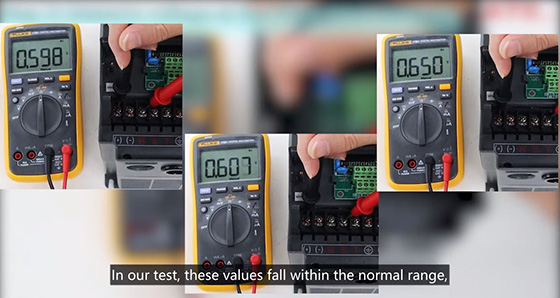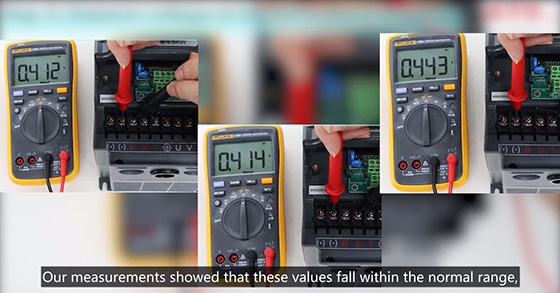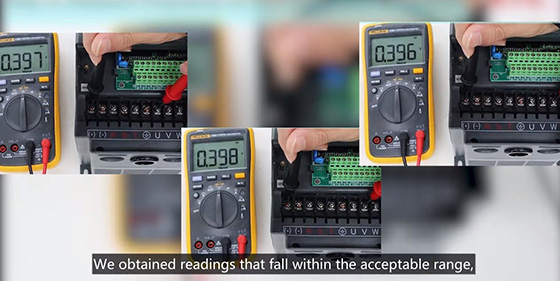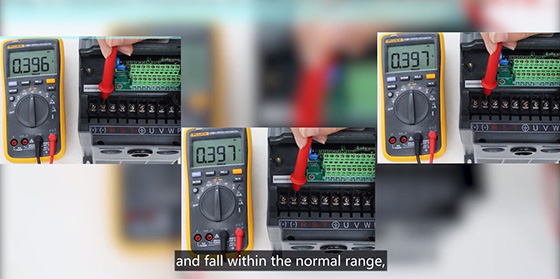Variable Frequency Drive Troubleshooting
Troubleshooting a variable frequency drive (VFD) is crucial for ensuring the reliability and safety of industrial equipment. By effectively diagnosing and addressing issues within the VFD, you can prevent downtime, reduce maintenance costs, and extend the lifespan of critical machinery.
In this comprehensive guide, we will walk you through the essential steps of troubleshooting a VFD using a multimeter. This process allows you to assess the condition of key components such as the rectifier and inverter circuits before powering on the device.
Step 1: Ensure VFD is powered off and disconnected
Before initiating any troubleshooting procedures, it is paramount to ensure that the VFD is completely powered off and disconnected from its power source. This precautionary step prevents electrical hazards and ensures personal safety.
To determine if the VFD can be powered on, we can use a multimeter to check the integrity of the inverter and rectifier circuits. For all the measurements in this test, we will be using the diode mode on the multimeter.
Step 2: Measure voltage at the VFD's input terminals
Begin by examining the rectifier circuit, which is an important component responsible for converting AC power to DC power within the VFD drive:
- Measure the upper bridge of the rectifier circuit by connecting the red probe to each phase input terminal (R, S, T) and the black probe to the '+' terminal.
- A reading around 0.6V signifies normal operation, while 'OL' indicates potential issues such as a short circuit or open loop.
Ensure that readings fall within the acceptable range to confirm the integrity of the three-phase input terminals.

Proceed to measure the lower bridge of the rectifier circuit:
- Connect the red probe to the '-' terminal and the black probe to each phase input terminal.
- A reading around 0.4V confirms proper functioning, while 'OL' suggests potential damage or malfunction.
Verify that these measurements align with expected values to ensure the lower bridge of the rectifier circuit operates effectively.

Step 3: Measure frequency at the VFD's output terminals
Next, focus on testing the inverter circuit, responsible for converting DC power back to AC power to control the motor's speed:
- Measure the upper bridge of the inverter circuit by connecting the red probe to each phase output terminal (U, V, W) and the black probe to the '+' terminal.
- A reading around 0.4V indicates normal operation, while 'OL' suggests potential issues within the circuit.
The obtained readings that fall within the acceptable range, indicating that the upper bridge of the inverter circuit is in good condition.

Lastly, measure the lower bridge of the inverter circuit:
- Connect the red probe to the '-' terminal and the black probe to each phase output terminal.
- A reading around 0.4V confirms proper functioning, while 'OL' indicates potential issues that require further investigation.
The measurements showed that these readings are consistent and fall within the normal range, indicating that the VFD is free from any issues.

Conclusion
By adhering to these systematic troubleshooting procedures using a multimeter, you can effectively assess the condition of the rectifier and inverter circuits within a VFD. This proactive approach enables you to make informed decisions regarding the safe operation of industrial equipment.
Understanding the significance of VFD troubleshooting not only enhances operational safety but also optimizes equipment performance and reliability. For complex issues beyond basic troubleshooting, consult advanced technical resources or seek assistance from qualified professionals.
Mastering these fundamental troubleshooting techniques empowers you to maintain VFDs effectively, ensuring uninterrupted operation and minimizing downtime in industrial applications. Watch the following video for further learning.

